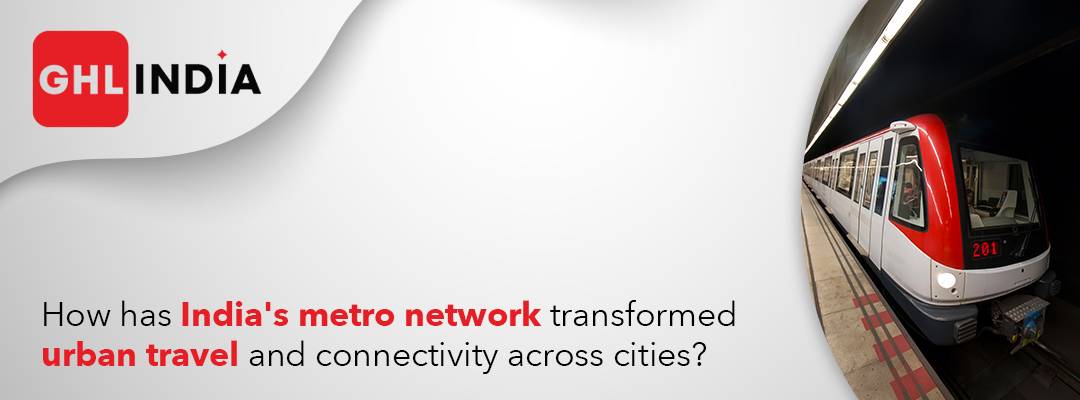
Summary:
India’s metro networks have transformed urban transport, covering more than 1,000 km across 11 states and 23 cities. As the world's third-largest metro network, these systems serve millions with speedy, economical travel, altering urban mobility. On January 5, Prime Minister Modi announced development projects worth more than Rs. 12,200 crore, including a 13-kilometer stretch of the Delhi-Ghaziabad-Meerut corridor and Delhi Metro Phase IV, which will improve connectivity between Delhi, Meerut, and Haryana.
These transit projects represent a significant step forward, allowing metro systems to traverse greater distances and serve nearly 10 million passengers daily. In 2022, India surpassed Japan in metro rail projects and is currently ranked third in terms of operational network length. India is on track to become the world's second-largest metro network. The Metropolitan Transport Project, which initiated metro development in 1969, took nearly 20 years to complete its first line.
Source: IBEF
Disclaimer: The information on this website comes from the India Brand Equity Foundation (IBEF), a reliable source for thorough insights into numerous areas of the Indian economy. While we aim to offer accurate and up-to-date information, the views, opinions, and analyses stated herein are solely those of the authors and contributors and do not necessarily represent IBEF's official stance or position. Readers should check information from credible sources and use their own discretion when relying on content provided on this site. We assume no responsibility or liability for the supplied content, including its accuracy, completeness, and usefulness.
